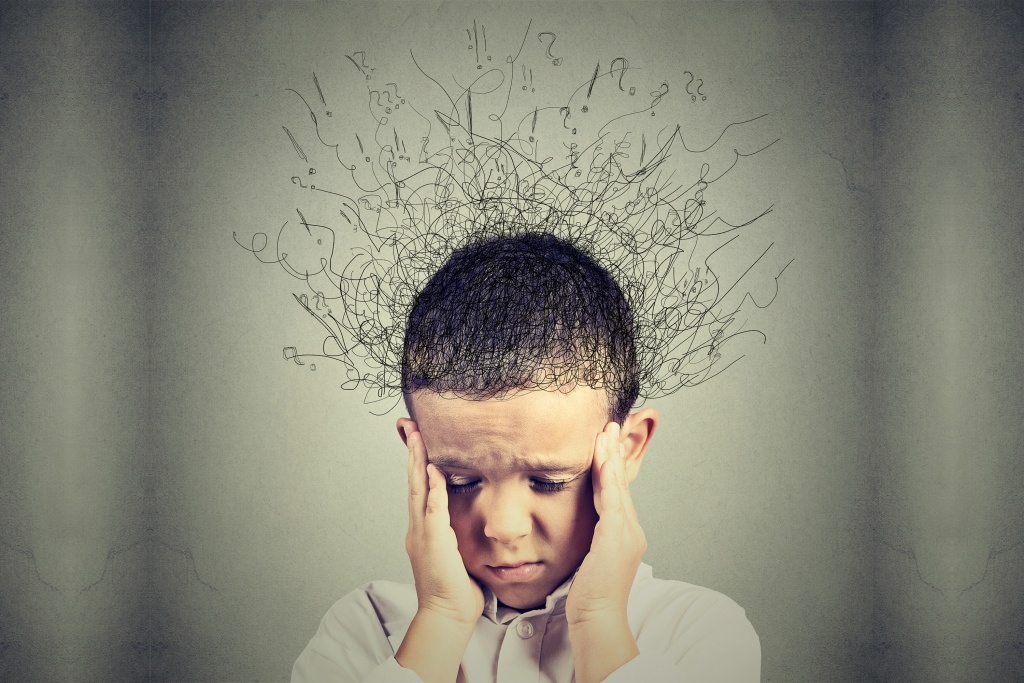OCD in Children: How to Understand and Identify It
 It isn’t always easy for parents to recognize OCD in children.
It isn’t always easy for parents to recognize OCD in children.
Obsessive Compulsive Disorder is a type of anxiety disorder.
With this condition, a child will experience obsessions manifesting as fears or preoccupations. Additionally, some children will engage in compulsions, which are repetitive behaviors.
In some cases, the fears and behaviors may be very obvious. However, it is also common for parents to mistake early signs of childhood OCD for normal behavior.
Alternatively, we may know that something isn’t quite right. Despite this, we don’t think of OCD as the first diagnosis. Therefore, it’s helpful for parents to learn how to identify OCD in children.
Preoccupation with Germs
One of the most common signs of OCD is a preoccupation with germs.
Children may get very upset any time that they get messy. They may want to wash their hands frequently.
This may also manifest as a fear of getting sick. It can even become a fear of dying.
Need for Things to Be in the Right Order
Children with OCD frequently feel the need for things to be in the right order.
For example, they may line their shoes up in a certain way. Or, it can mean that the steps of a routine must be performed in the correct order.
If you would describe your child as needing things “just so” then you might be dealing with OCD.
Constant Need for Reassurance
Children with OCD have a lot of fear. As a result, they may seek reassurance.
Also, they may ask you a lot of questions.
Of course, it is normal for children to ask questions and seek reassurance from their parents. But, if the behavior seems excessive, it could be one sign of OCD.
Expression of Disturbing Thoughts
It is unnerving when our children come to us with disturbing thoughts. However, it is great that the child is open to sharing those thoughts with you.
If they’re scary for us, just imagine how scary it is for the child to share them.
For example, children may share thoughts that they wish to act violently towards others. While no parent wants to hear this, if you identify it as a possible symptom of OCD, you have a better chance of understanding how to help your child.
Repetitive Behaviors
There are two parts to OCD. First is obsessive thinking. Second are the compulsions.
These are the repetitive behaviors that a person engages in to try to battle the obsessions. Therefore, repetitive behavior in children is a warning sign of OCD.
Common repetitive behaviors include:
- Checking and re-checking that doors are locked
- Frequent hand-washing, showering, or cleaning
- Praying excessively
- Touching items or body parts in a specific order
- Counting; similarly, wanting actions to be performed in groups, such as groups of three
- Repeating lucky words
OCD in Children vs. Normal Childhood Behavior
Sometimes as parents we worry too much. We can see problems where there are none.
On the other hand, we can ignore the warning signs, because we don’t want to believe that something could be wrong with our child.
We don’t want to make mountains out of molehills. How can we tell if our child’s behavior is a sign of OCD or if it is a normal childhood phase?
One key thing to look for is how much the behavior impacts your child.
- Is your child increasingly distressed?
- Is it difficult to do normal everyday things because of the thoughts and behaviors?
- Has your child expressed a concern about being stressed out by the feelings?
- Does your child seem embarrassed by behavior but unable to stop it?
By closely observing children, we can understand what may be holding them back, empowering us to reach out with help.
—
These are some indications that you might be looking at OCD. Once you identify these behaviors, you can seek treatment to help your child.
The leading treatment for OCD at our San Diego practice in children is Exposure and Response Prevention (ERP).
To learn more about this approach and other ways we can help, please visit our page on OCD treatment.
